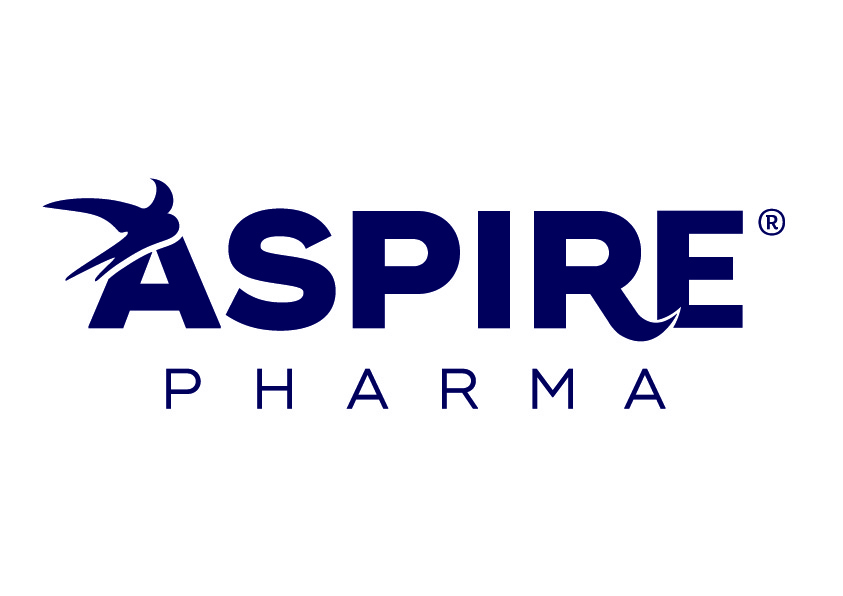Aspire Hayfever Relief 2% w/v Eye Drops, solution
Boots Hayfever Relief 2% w/v Eye Drops, solution
Numark Hayfever Relief 2% w/v Eye Drops, solution
Optrex Hayfever Relief 2%w/v Eye Drops, solution
EM Pharma Hayfever Relief 2%w/v Eye Drops, solution
Pollenase Hayfever Relief 2%w/v Eye Drops, solution
Opticrom Hayfever 2%w/v Eye Drops, solution
Alleopti Hayfever 2%w/v Eye Drops, solution
Murine Hayfever Relief 2% w/v Eye Drops, solution
Lloyds Pharmacy Hayfever Relief 2% w/v Eye Drops, solution
Careway Hayfever Relief 2% w/v Eye Drops, solution
Theratears Hayfever Relief 2% w/v Eye Drops, solution

